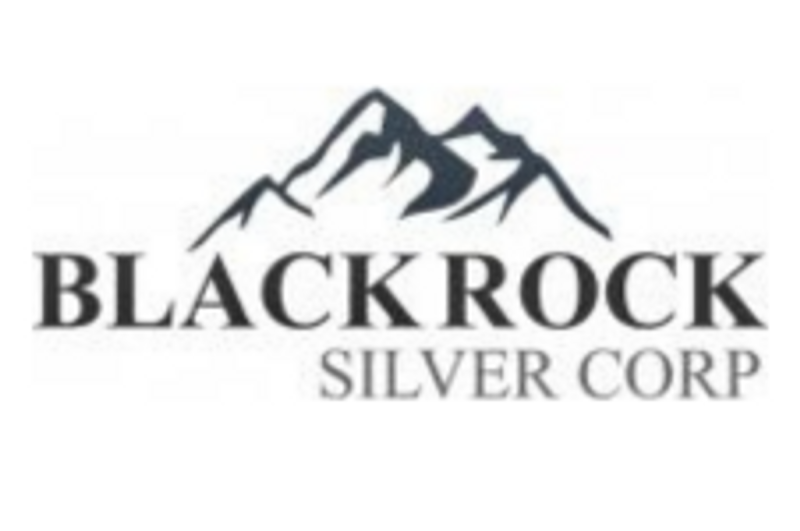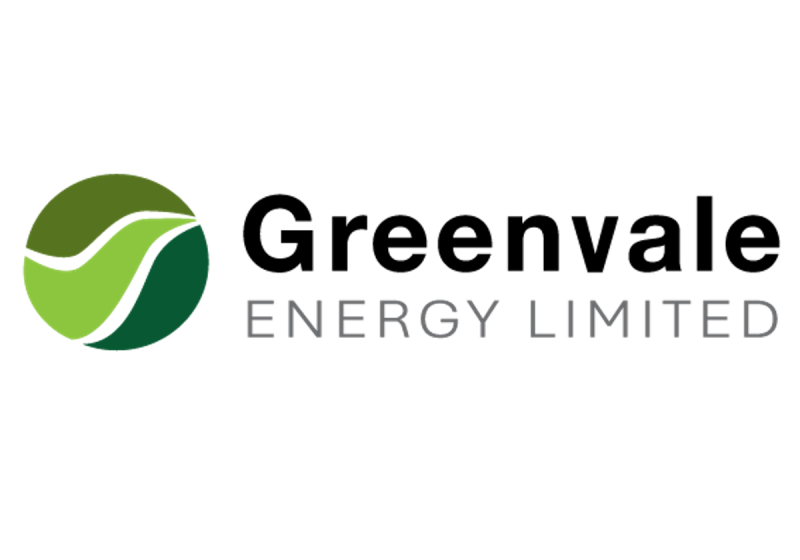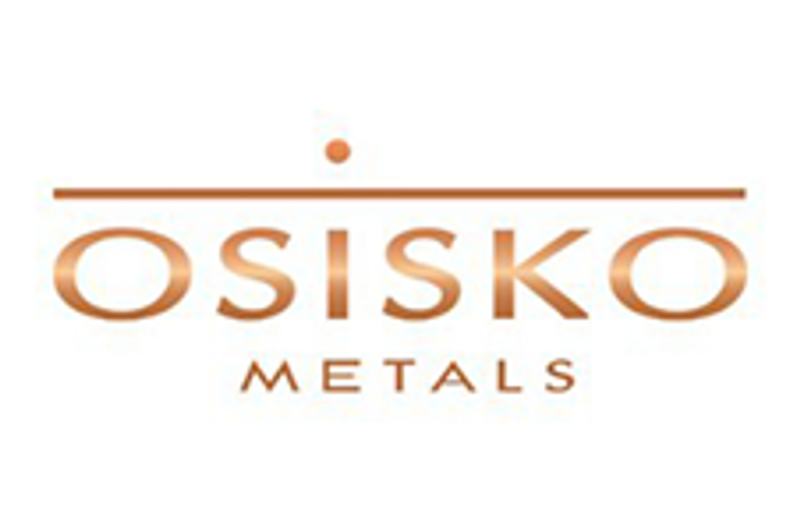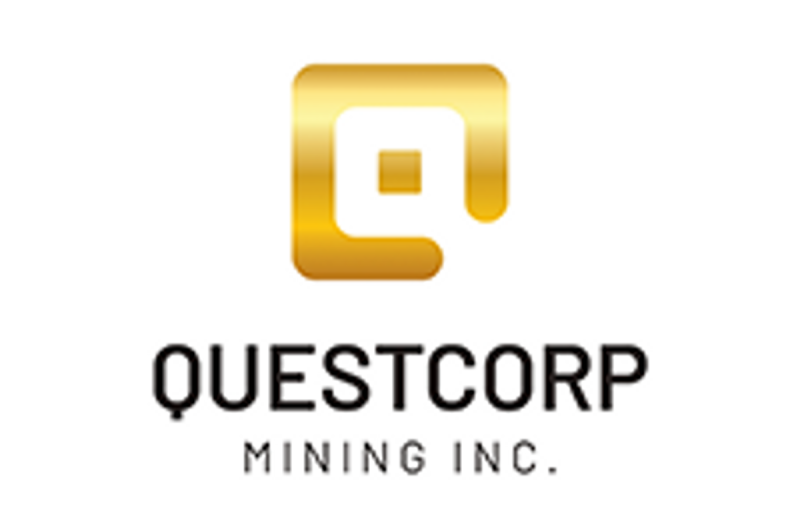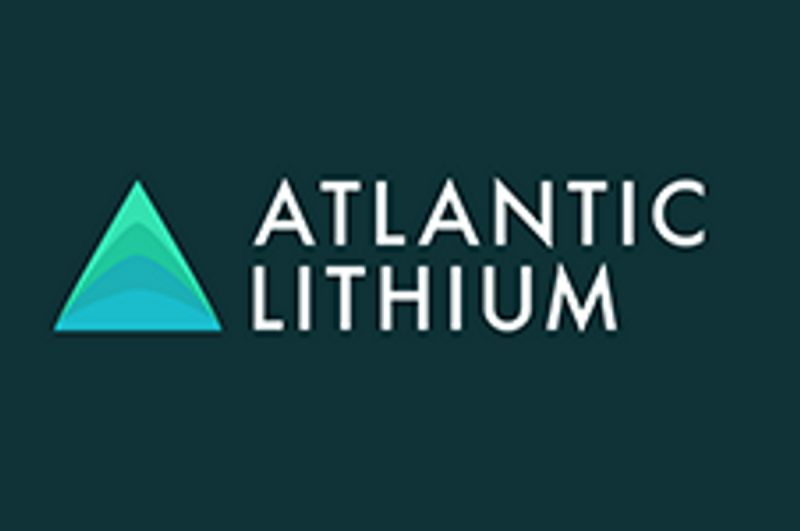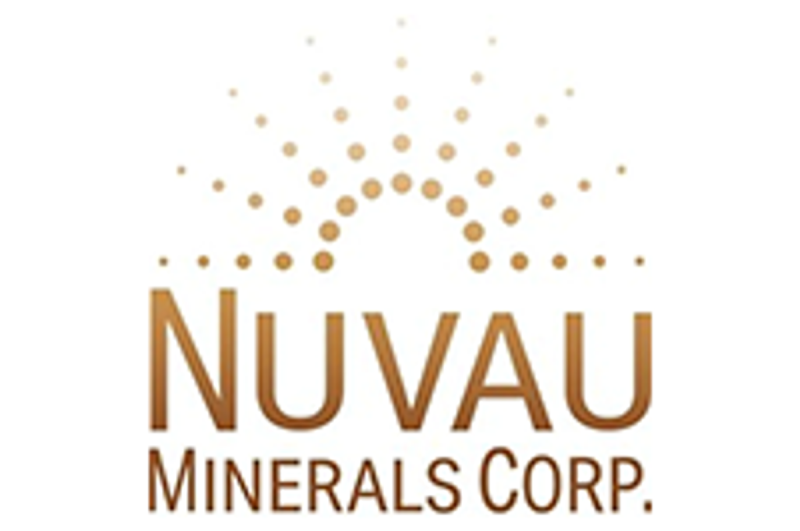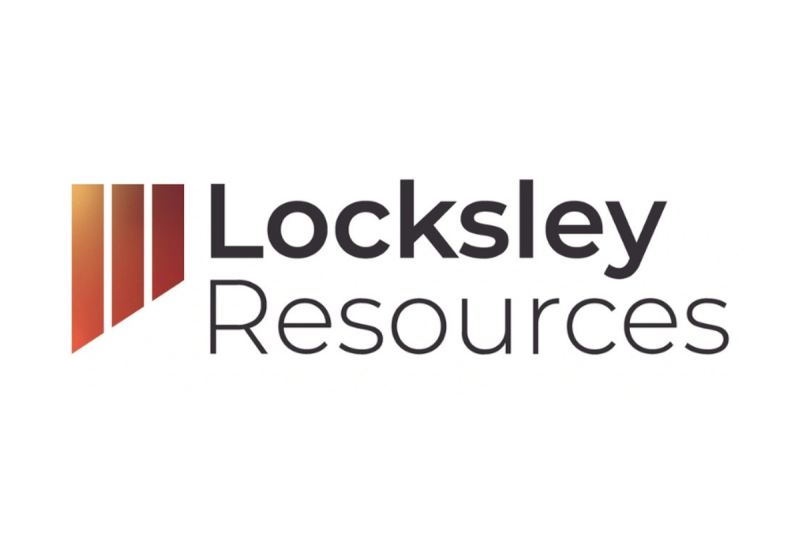Blackrock Silver Corp. (TSXV: BRC,OTC:BKRRF) (OTCQX: BKRRF) (FSE: AHZ0) (‘Blackrock’ or the ‘Company’) is pleased to announce the receipt of an aggregate total of C$ $4,244,838.89 in cash proceeds from the exercise of 9,830,880 previously issued common share purchase warrants of the Company (‘Warrants’) since July 8, 2025.
After including the common shares (‘Common Shares‘) of the Company issued as a result of such Warrant exercises, there are a total of 325,490,026 Common Shares issued and outstanding as of the date hereof.
A total of 5,733,000 Warrants issued on August 30,2022 with an exercise price of C$0.75 per share expired unexercised on September 2, 2025.
The Company is also pleased to announce the addition of 7 drillholes to its previously announced eastern expansion drill program (the ‘Eastern Expansion Program‘) at its Tonopah West mineral project located in Nye and Esmeralda Counties, Nevada, United States (‘Tonopah West‘), targeting the 1.2 kilometre Eastern Expansion zone between the DPB resource area and the eastern extent of Tonopah West (see July 21, 2025 news release). With the inclusion of the additional 7 drillholes, the Eastern Expansion Program consists of a total of 22 drillholes and up to 7,000 metres (23,000 feet) of drilling. A total of 19 drillholes have been completed to date and are pending assay results.
Andrew Pollard, Blackrock’s President and Chief Executive Officer, stated, ‘The C$4.24 million from warrant exercises has strengthened our treasury, positioning us to continue advancing Tonopah West aggressively towards development. Drilling on our Eastern Resource Expansion program is progressing rapidly, with 19 of 22 holes already completed. Our updated mineral resource estimate remains on track for early September 2025, aimed at upgrading a portion of the DPB-South inferred resources to higher confidence categories to help de-risk the early years of our conceptual mine plan. A further resource update, focused on extending mine life, is scheduled for Q1 2026. With a robust treasury, assays pending, and multiple mineral resource updates in view, we are well positioned to close out 2025 with strong momentum as we continue to de-risk and advance the Tonopah West project.’
Qualified Persons
Blackrock’s exploration activities at Tonopah West are conducted and supervised by Mr. William Howald, Executive Chairman of Blackrock. Mr. William Howald, AIPG Certified Professional Geologist #11041, is a Qualified Person as defined under National Instrument 43-101 – Standards of Disclosure for Mineral Projects. He has reviewed and approved the contents of this news release.
About Blackrock Silver Corp.
Backed by gold and silver ounces in the ground, Blackrock is a junior precious metal focused exploration and development company driven to add shareholder value. Anchored by a seasoned Board of Directors, the Company is focused on its 100% controlled Nevada portfolio of properties consisting of low-sulphidation, epithermal gold and silver mineralization located along the established Northern Nevada Rift in north-central Nevada and the Walker Lane trend in western Nevada.
Additional information on Blackrock Silver Corp. can be found on its website at www.blackrocksilver.com and by reviewing its profile on SEDAR+ at www.sedarplus.ca.
Cautionary Note Regarding Forward-Looking Statements and Information
This news release contains ‘forward-looking statements’ and ‘forward-looking information’ (collectively, ‘forward-looking statements‘) within the meaning of Canadian and United States securities legislation, including the United States Private Securities Litigation Reform Act of 1995. All statements, other than statements of historical fact, are forward-looking statements. Forward-looking statements in this news release relate to, among other things: the use of proceeds from the exercise of Warrants; advancement toward development of Tonopah West; the Company’s aim to upgrade significant tonnage from inferred mineral resources to measured and indicated mineral resources at Tonopah West to help de-risk the early years of the conceptual mine plan; the anticipated results from the Eastern Expansion Program; the expected timing of completion of the Company’s updated mineral resource estimates on Tonopah West; the Company’s strategic plans; the enhancement of the exploration potential of Tonopah West; the Company’s focus on adding additional mine life to Tonopah West; and geological information projected from sampling results.
These forward-looking statements reflect the Company’s current views with respect to future events and are necessarily based upon a number of assumptions that, while considered reasonable by the Company, are inherently subject to significant operational, business, economic and regulatory uncertainties and contingencies. These assumptions include, among other things: conditions in general economic and financial markets; accuracy of assay results; geological interpretations from drilling results, timing and amount of capital expenditures; performance of available laboratory and other related services; future operating costs; the historical basis for current estimates of potential quantities and grades of target zones; the availability of skilled labour and no labour related disruptions at any of the Company’s operations; no unplanned delays or interruptions in scheduled activities; all necessary permits, licenses and regulatory approvals for operations are received in a timely manner; the ability to secure and maintain title and ownership to properties and the surface rights necessary for operations; and the Company’s ability to comply with environmental, health and safety laws. The foregoing list of assumptions is not exhaustive.
The Company cautions the reader that forward-looking statements involve known and unknown risks, uncertainties and other factors that may cause actual results and developments to differ materially from those expressed or implied by such forward-looking statements contained in this news release and the Company has made assumptions and estimates based on or related to many of these factors. Such factors include, without limitation: the timing and content of work programs; results of exploration activities and development of mineral properties; the interpretation and uncertainties of drilling results and other geological data; receipt, maintenance and security of permits and mineral property titles; environmental and other regulatory risks; project costs overruns or unanticipated costs and expenses; availability of funds; failure to delineate potential quantities and grades of the target zones based on historical data; general market and industry conditions; and those factors identified under the caption ‘Risks Factors’ in the Company’s most recent Annual Information Form.
Forward-looking statements are based on the expectations and opinions of the Company’s management on the date the statements are made. The assumptions used in the preparation of such statements, although considered reasonable at the time of preparation, may prove to be imprecise and, as such, readers are cautioned not to place undue reliance on these forward-looking statements, which speak only as of the date the statements were made. The Company undertakes no obligation to update or revise any forward-looking statements included in this news release if these beliefs, estimates and opinions or other circumstances should change, except as otherwise required by applicable law.
Neither the TSX Venture Exchange nor its Regulation Services Provider (as that term is defined in the policies of the TSX Venture Exchange) accepts responsibility for the adequacy or accuracy of this release.
For Further Information, Contact:
Andrew Pollard
President and Chief Executive Officer
(604) 817-6044
info@blackrocksilver.com
To view the source version of this press release, please visit https://www.newsfilecorp.com/release/265078
News Provided by Newsfile via QuoteMedia

